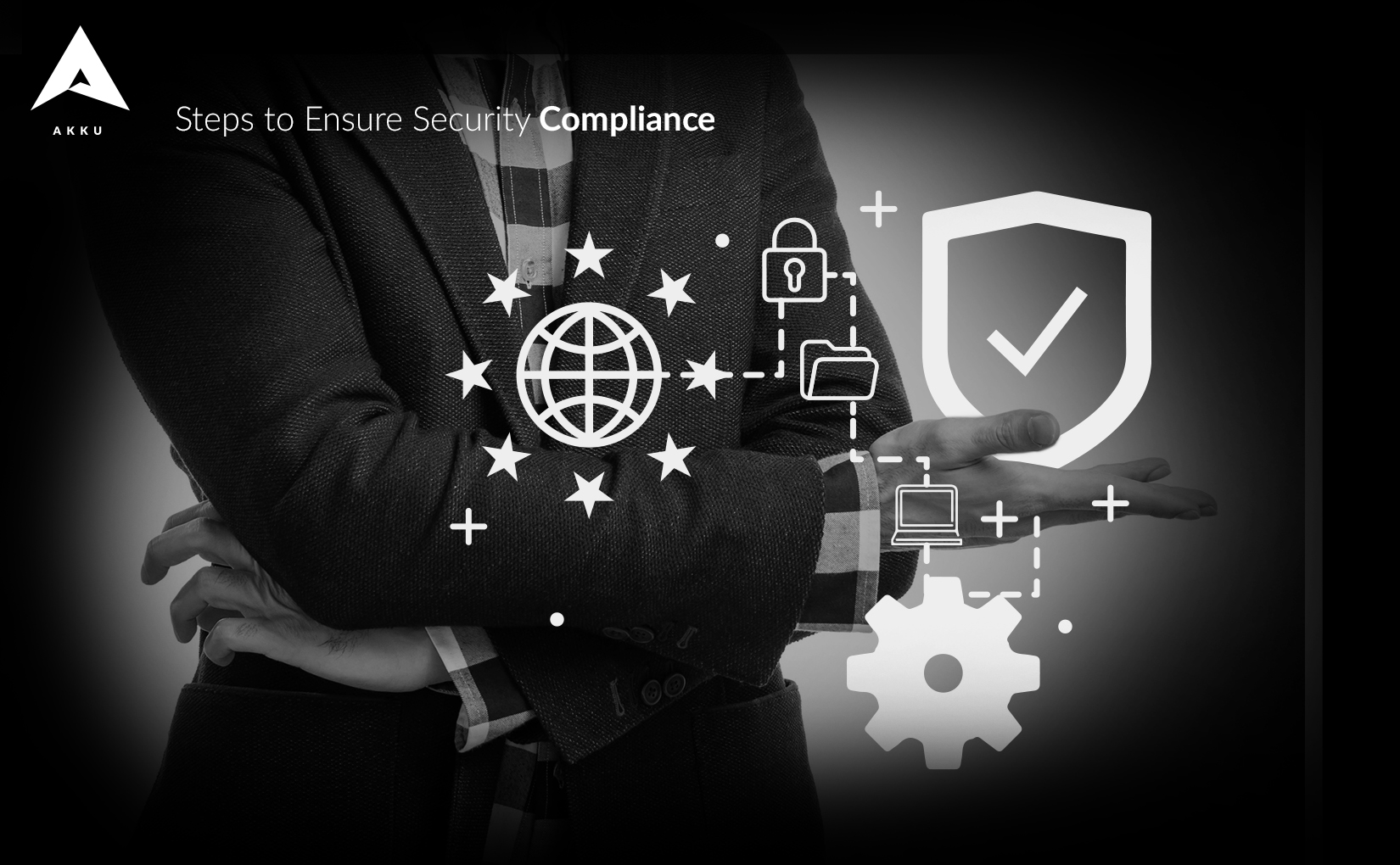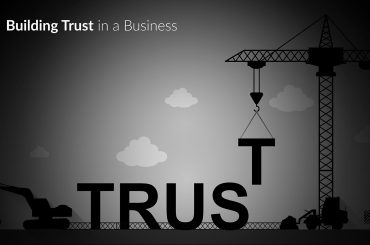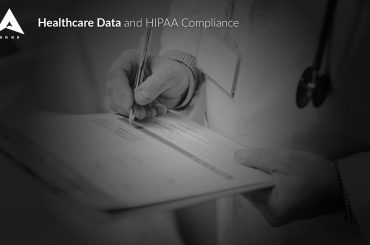Compliance ensures that an enterprise maintains a minimum standard of security-related requirements in accordance with industry and regulatory standards. Its scope, however, goes beyond having regulations in place, to successfully implementing policies and contracts.
As security breaches, fraud, and theft of data are becoming increasingly widespread in the IT world, industry guidelines for compliance have become more complex, and enterprise policies more elaborate. Adding to the difficulty of achieving security compliance is the limited functionality of network security tools in dealing with the dynamic nature of the cloud.
To achieve certifications like ISO and other recognized compliance standards, it is imperative to document activities and standardize processes. This goes a long way in helping your brand earn clients’ trust, while on the flip side, non-compliance can result in the loss of goodwill and customer longevity.
Here are some steps that you need to follow to ensure security compliance:
- Assess Risks
Before moving your enterprise’s operations to the cloud, it is imperative to assess all the risks it is likely to be faced with. Without fully taking into account all the possible security risks you could face, a successful plan for compliance cannot be implemented.
The following questions need to be addressed:
- Which data would be vulnerable to security threats?
- Who in the enterprise will have the authorization to modify the data?
- How prone is the data to manipulation?
- Is the data available to authorized users at all times?
2. Implement Effective Risk Management
Once risks are assessed, risk plans must be drafted to mitigate, avoid and accept risks at each stage of business processes. Plans for specific areas, like supply chain risk or insider threats, should be formulated. Regular monitoring of controls and risk should be implemented, employing automation to minimize errors in the process. System risks should be linked to business and organizational risk.
3. Increase Accountability
Every aspect of activity in the environment needs to be tracked to ensure that no one, whether it is the admin or the IAM software’s technical executive, can enter the data host server without authorization and accountability. Server activities must be logged with timestamps.
By having a strong system for regular internal messaging, for instance, you ensure that there is enhanced communication in the enterprise, furthering accountability. It would require that your employees regularly fill out and submit before designated deadlines. Internal messaging ensures that employees are well-trained and professionally-equipped at all times, with relevant videos and learning content being regularly shared.
4. Make a Plan to Implement Compliance Standards
Your enterprise may have very specific compliance requirements; it is important to define and establish them first. All business units and processes should be aligned with the compliance standards of the enterprise, and data privacy in the cloud must be made a priority to comply with the standards of the industry as well as regulations like GDPR.
Your compliance program, plan, and program function as a guideline for the enterprise to function smoothly while running data on the cloud.
5. Enforce a Strong Password Policy
A strong password policy is an important feature of a strong system of identity and access management. It should be customizable as per your enterprise’s specific requirements while remaining compliant with industry standards and requirements.
A strong IAM solution should work as a common Identity provider (IdP) across applications in order to enforce an enterprise-wide password policy that is standards-compliant and raises the overall security level of the enterprise.
6. Increase Transparency
With effective server monitoring, you track every aspect of activity on the cloud, raising the level of transparency in the enterprise. You need to have a continual comprehensive overview of which users have access to which application, and how each one is being utilized; this raises the level of security to meet the enterprise’s internal standards of compliance.
7. Scale Compliance
Automation of application security testing and vulnerability scans helps you scale your compliance program. Periodic self-assessments help you determine if you are on the right track in terms of every level of the business working in alignment with the compliance requirements. Notifying relevant regulatory authorities, whenever required, is extremely important.
CloudNow’s Akku provides a comprehensive solution to navigate an ever-changing data security landscape, ensuring that there is strict adherence to company policy and compliance with regulatory standards. In today’s complex world of data, where functioning effectively in accordance with standards set by regulatory bodies is an absolute necessity, Akku’s IAM flexible and dynamic features are a game-changer for enterprises.
To find out more, get in touch with us!





